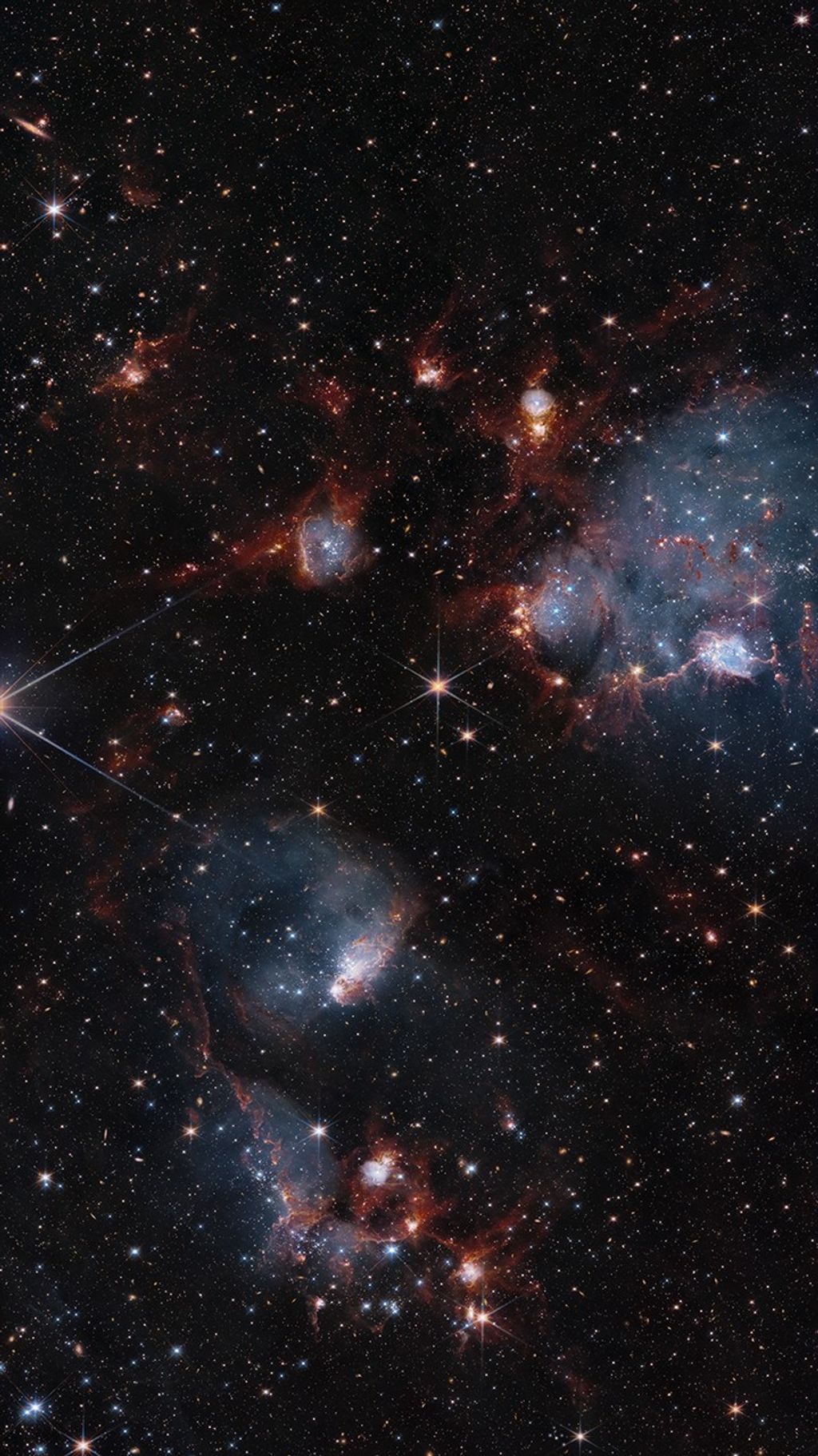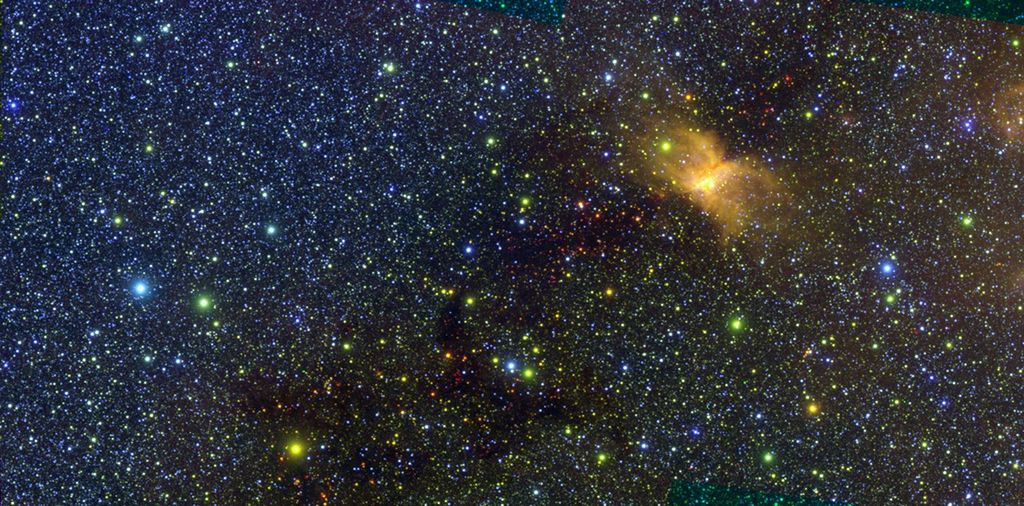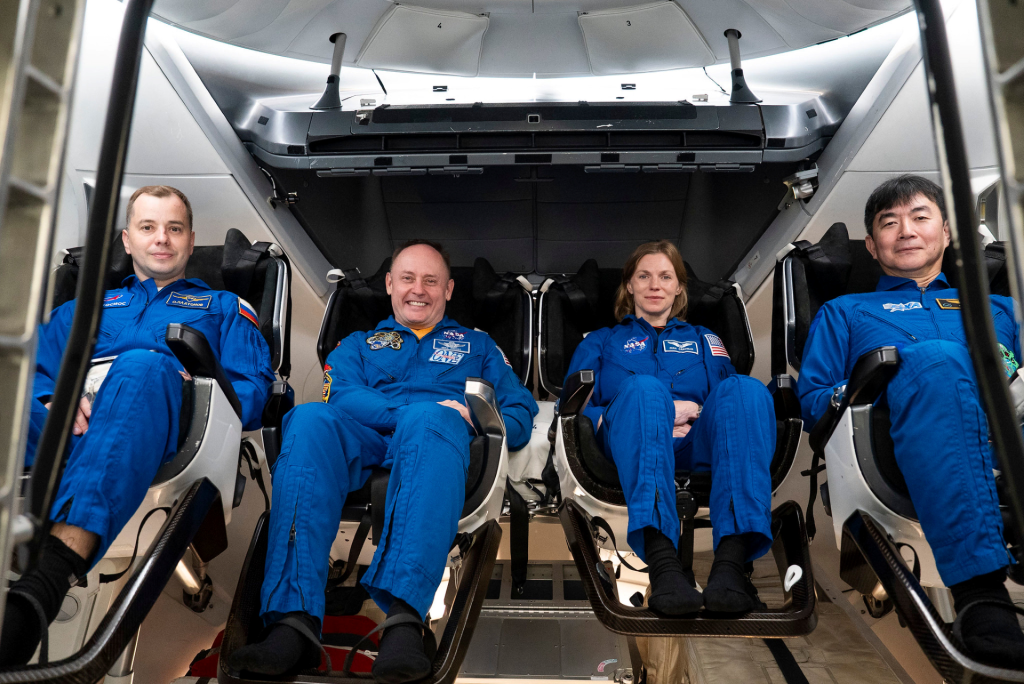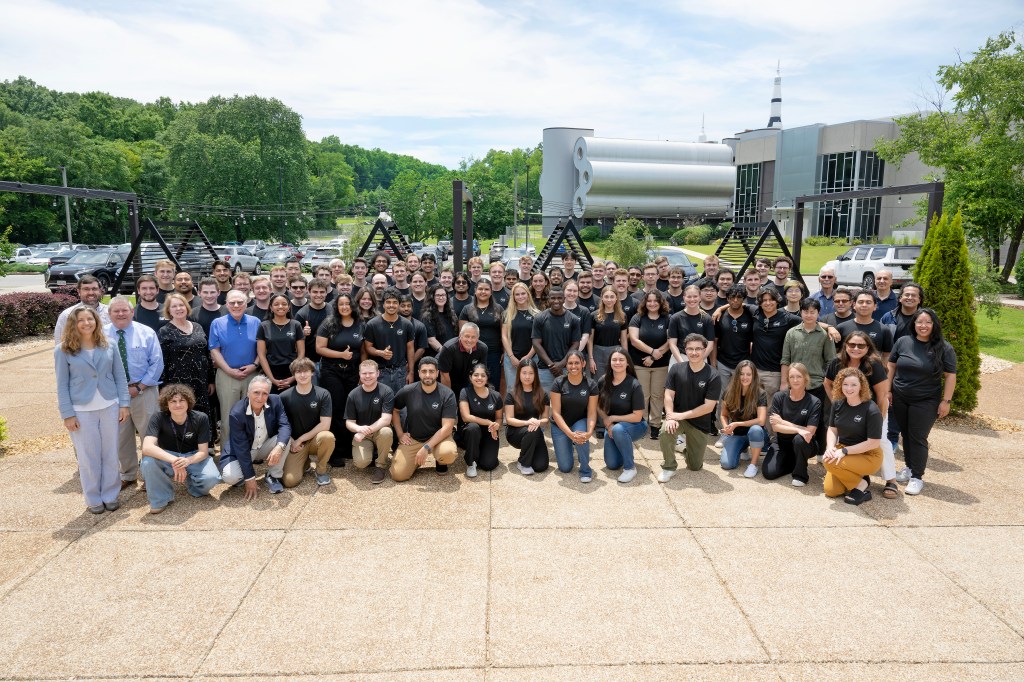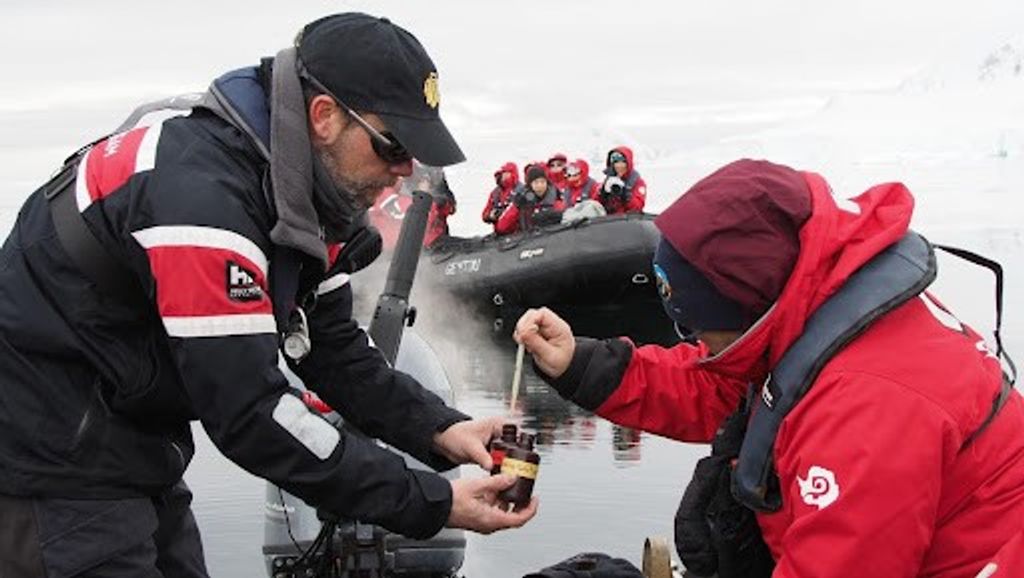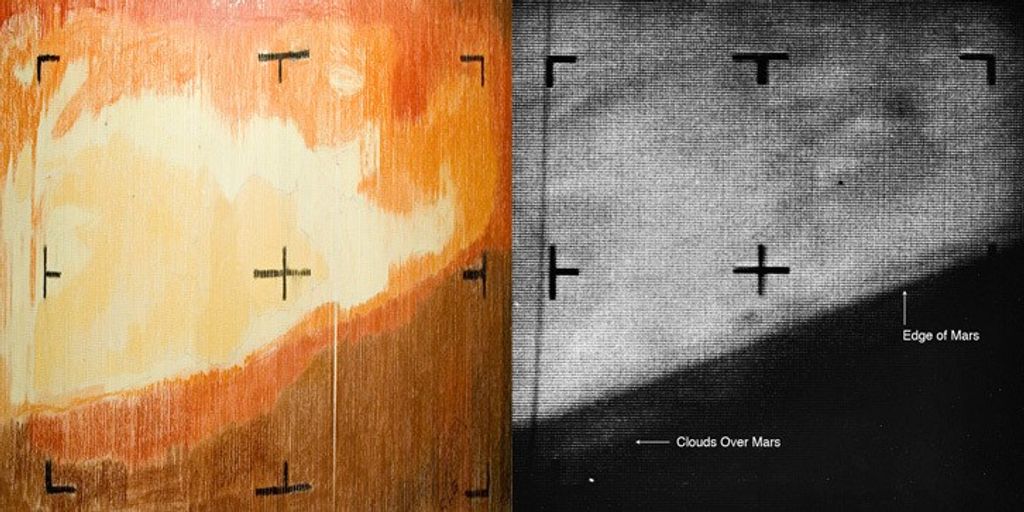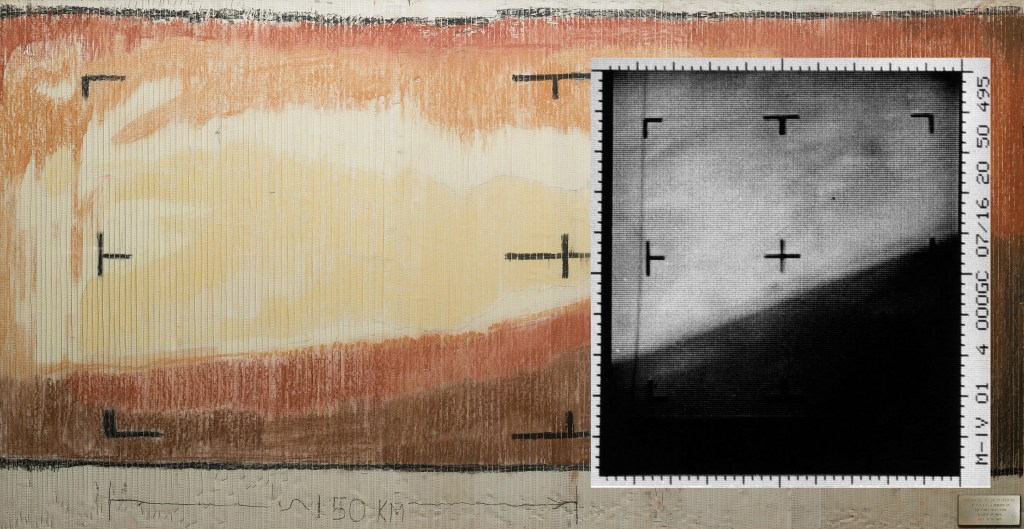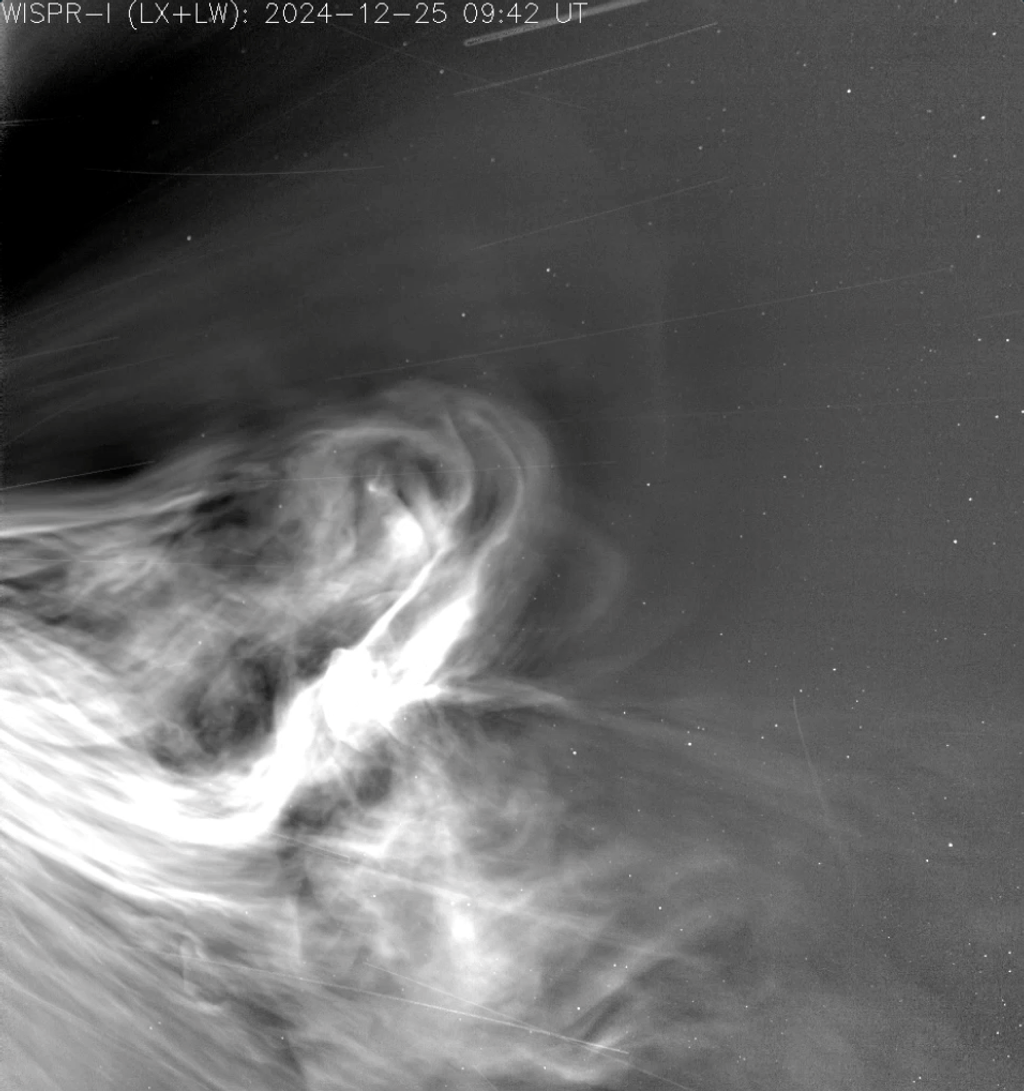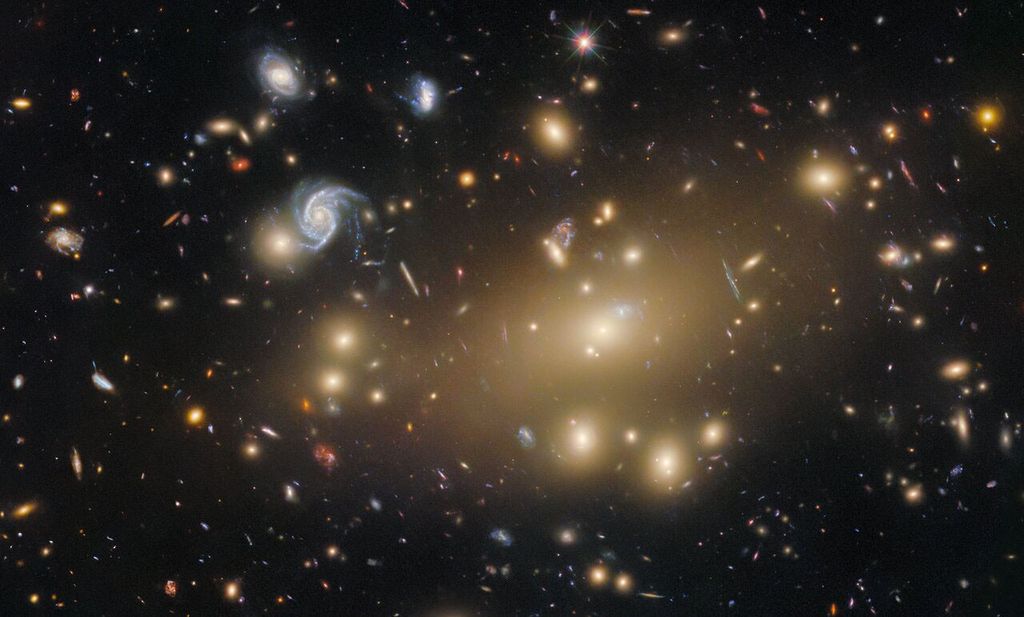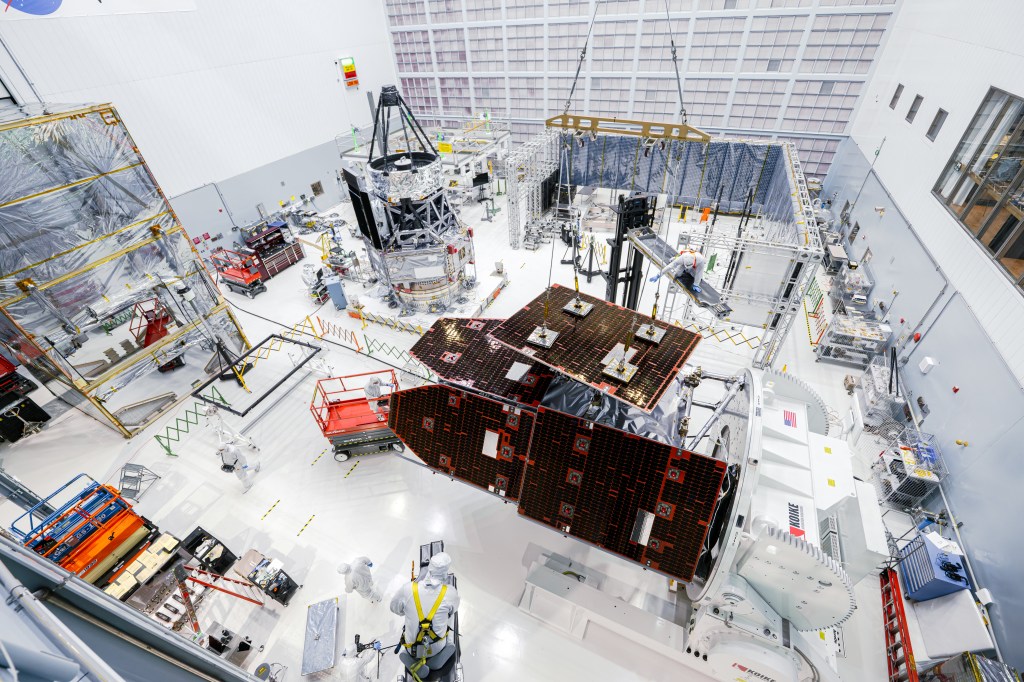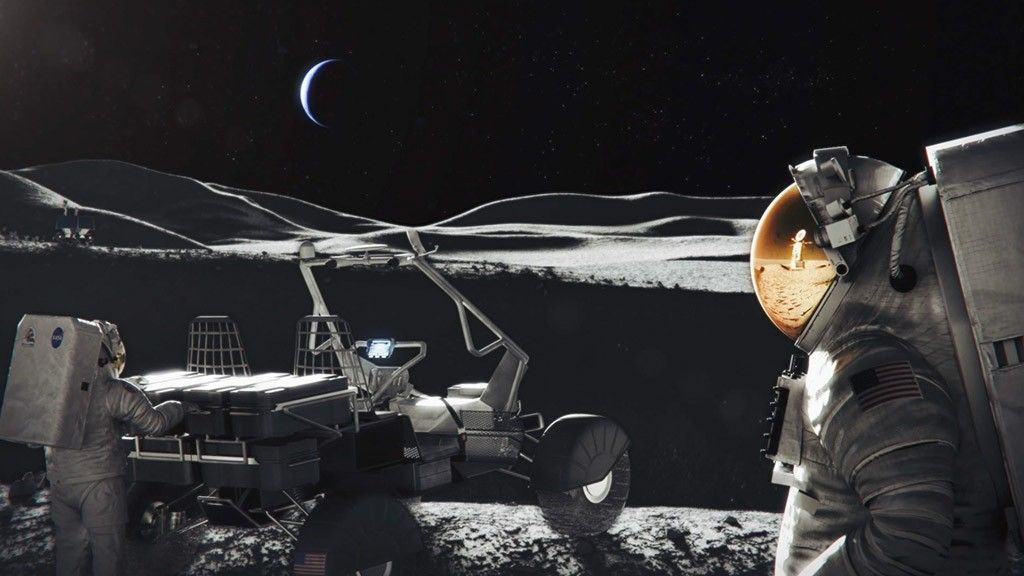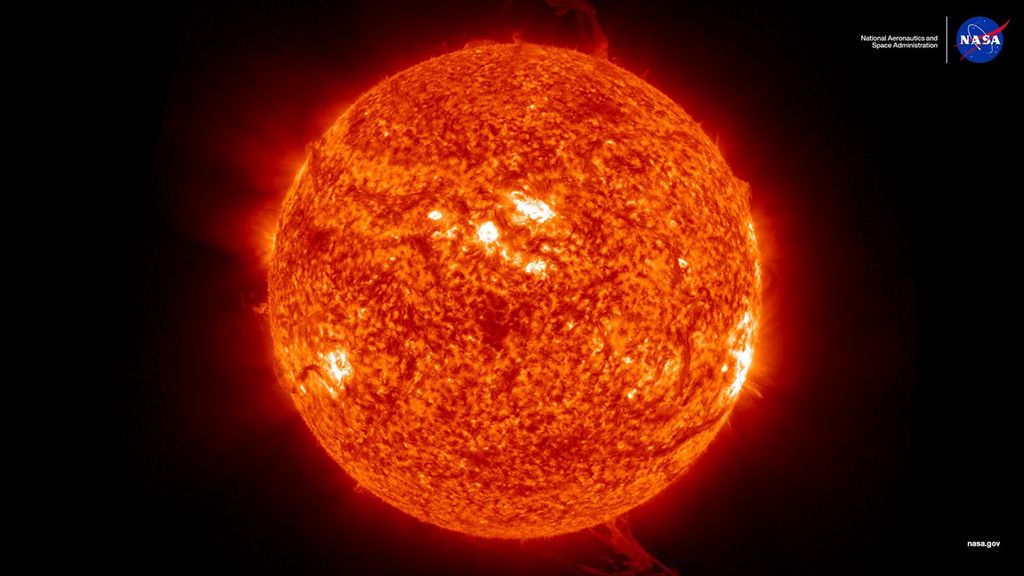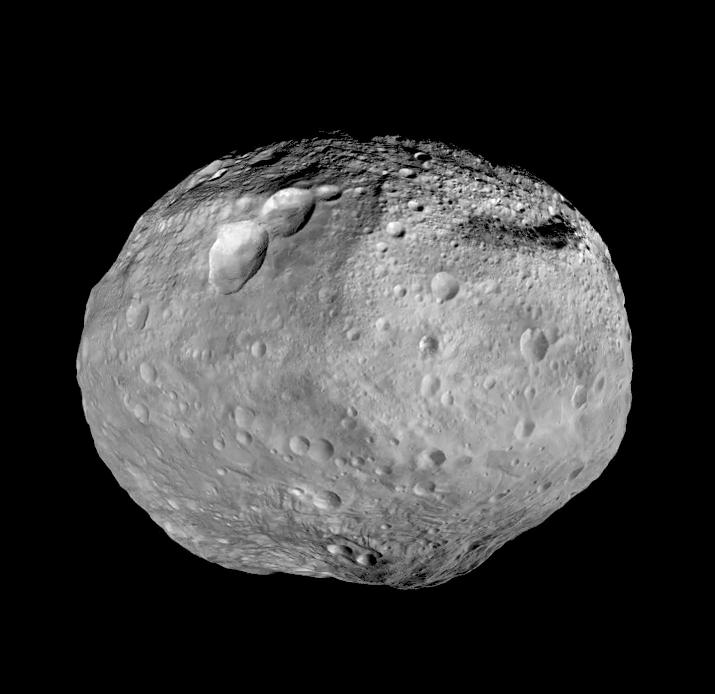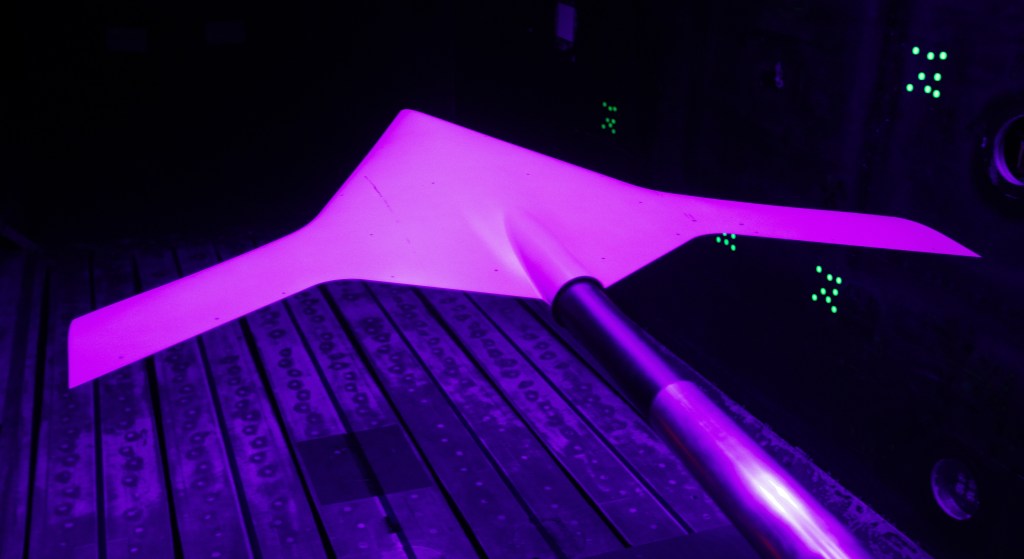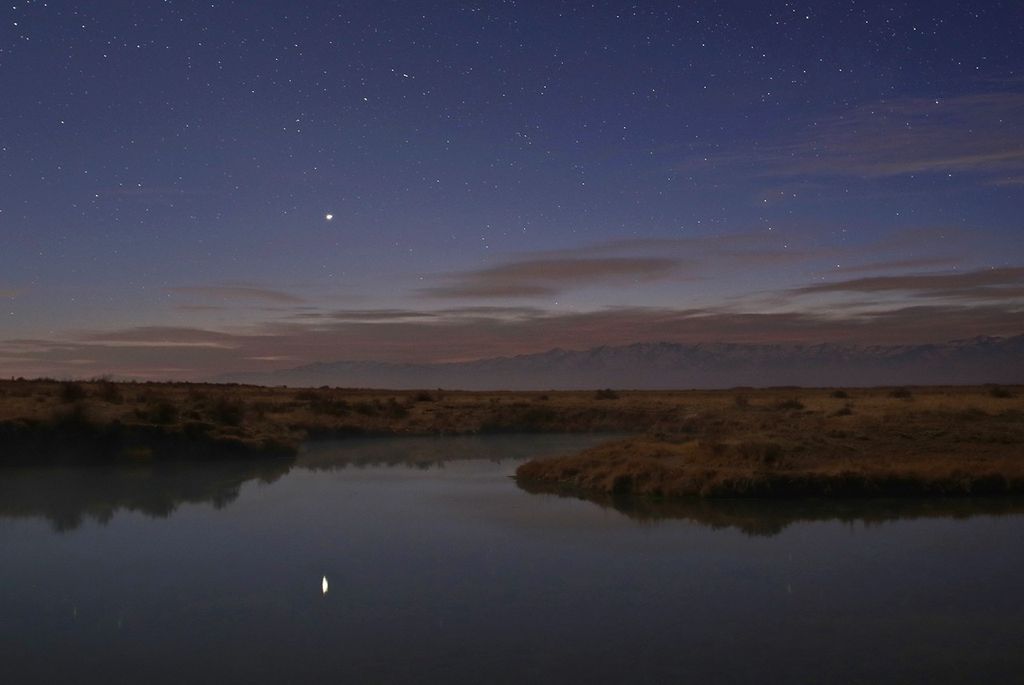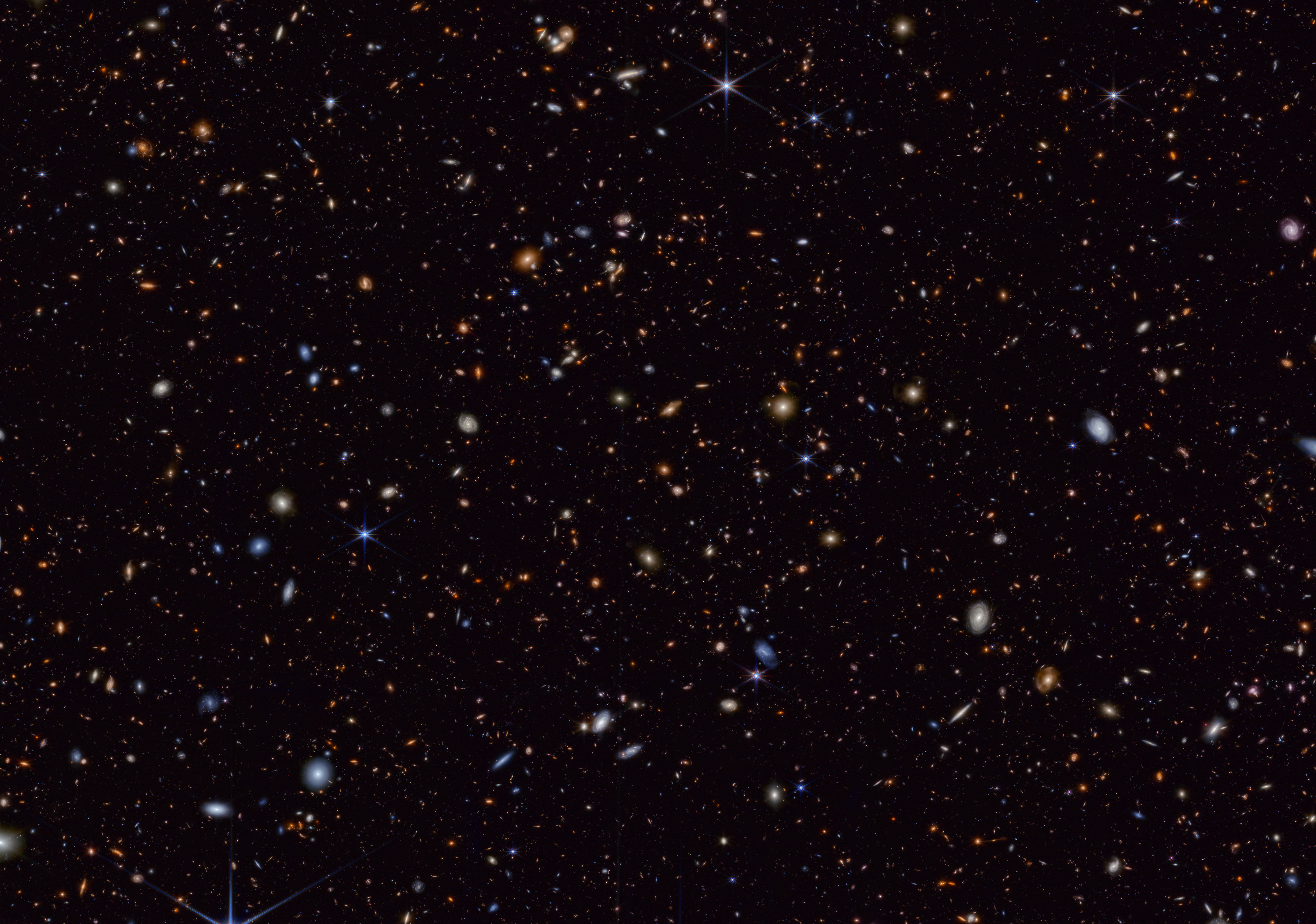This article is from the 2020 NESC Technical Update.
Engineers from every technical discipline provide the critical subsystems necessary for NASA’s spaceflight missions. But ensuring these integrated subsystems will operate seamlessly at lift-off and successfully transport their payloads to their destinations requires the input of another technical discipline–systems engineering.
“The systems engineer is the jack-of-all-trades,” said Mr. Jon Holladay, NASA Technical Fellow for Systems Engineering (SE). He leads the 50-member SE Technical Discipline Team (TDT), which has found itself in high demand as NASA’s timeline for executing multiple, complex missions reaches an apex this decade. “To me, this is a revolutionary time at NASA,” Holladay said, ticking off a long list of anticipated near-term launches including the James Webb Space Telescope, Artemis I, the Habitation and Logistics Outpost, and Human Lander System.
“The ability to effectively integrate how we do what we do, in perhaps one of the most critical and complex arenas, is what systems engineering brings to the table,” he said. Increasing complexity and requirements for more autonomous operations and seamless data flow come with each new mission, all of which are maturing at speeds much faster than the decades-long development of earlier NASA programs like Apollo, Space Shuttle, and International Space Station (ISS). “We have to do more, move faster, and make decisions more quickly, and that requires understanding the integrated perspective of what those decisions mean.”
Mr. Holladay, his TDT Deputy Mr. Robert Beil, and TDT members have worked to establish the SE discipline as a vital Agency resource and communicate the importance of balancing technical issues with integration. The TDT’s statistics, data mining, systems analysis, and SE subject matter experts serve on standing review boards, mishap investigation teams, integrated hazard reviews, and technical standards evaluations. Pulling in subject matter experts from other technical disciplines, they also form assessment teams to help programs find the best strategies for integration and uncover the errors that, in complex systems, often trace back to where interfaces occur.
In 2020, the SE TDT led or participated in a range of activities that reveal the increasing importance of the integration aspect of systems engineering to NASA missions. They recently led a comprehensive review of SE, software, and systems integration lessons learned, the results from which are being leveraged for Artemis I and commercial flights to ISS. They are currently working with the thermal, power, and avionics disciplines on extravehicular activity power systems for ISS and lunar systems, opening the door to cross-program integration opportunities by exploring a common system architecture that could be used across multiple missions. And the TDT statistical team helped analyze whether a test program for a critical piece of propulsion hardware was robust enough to ensure reliability, which is growing in importance as NASA integrates with commercial partners striving for increased production rates and quick mission turn arounds.
The TDT also helped identify critical failure modes of ventilators for COVID-19 patients and consultation on verification and test methodology for non-NASA commercial vehicles.
In the coming decade, the SE TDT will continue integrating the pieces of the increasingly complex systems required to accomplish NASA’s future missions, leveraging what they learn from each assessment, conducting outreach through workshops and their community of practice, and taking advantage of digital platforms like model-based systems engineering.
“Often, if you are embedded in one project or program, you don’t always see that big picture,” Mr. Holladay said, noting the challenge for the SE TDT will be to bring those lessons learned and the big picture, integration perspective to every NASA mission.
For more information, contact Jon B. Holladay, jon.holladay@nasa.gov.

